batteries
New Electrolyte Enhances Stress Resilience of Lithium-Ion Batteries in Drones, Expanding Potential for Secondary Uses
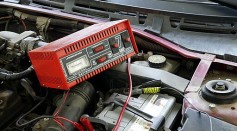
Solid Electrolyte Material Addresses Ion-Transport Issue in Liquid Variety, Holds Key to Producing Safer Batteries
Black Hole as Energy Source: Theoretical Physicists Confirm Possibility of Harnessing Cosmic Abyss as Batteries or Nuclear Reactors

Humans As Batteries: Future Smart Devices Could Use Our Bodies As Power Source
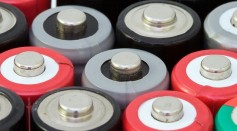
Bacteria-Powered Biobattery Could Work For 100 Years to Provide Portable, Storable, and On-Demand Power
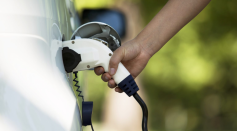
Sodium Element May Unravel Lithium Batteries Distress of EVs
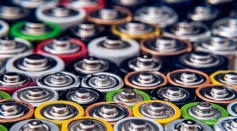
Doctors Removed 55 Batteries From a Woman's Stomach: How Harmful Does Ingesting These Things Could Be?
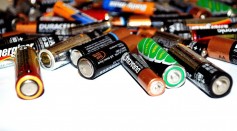
Sustainable, Fire-Safe Batteries Could Become a Reality Soon for an Emission-Free Future
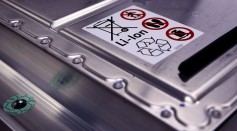
Solid-State Batteries Top Choice for Many EV Manufacturers; What Are the Challenges in Mass Producing Them?
2D Boron Monosulfide Nanosheets: First Time for Researchers to Develop this Nanotech Mechanism for More Efficient Batteries, Electronic Devices

Smart Alarm Clocks vs Standard Versions: New Clocks Do Not Have Backup Batteries That Others Use for Decades
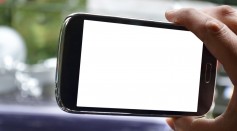
New Discovery on Plastics Could Pave the Way for Better Products, Batteries, Screens
Graphene-Based Nano-Inks: Researchers Investigate How an Energy Device Can Charge, Discharge Ultrafast
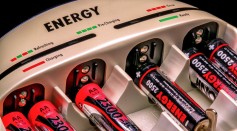
Fluoride-Based Batteries Set to Replace Lithium in Rechargeable Batteries
Most Popular

Innovative BLAST Patch Could Stop Skin Infections with Harmless Electric Currents

The Pompa Program: A New Model in Thyroid Wellness

Cold, Not Heat, Caused Mass Extinction 201.6 Million Years Ago: New Study

Why It's So Difficult to Lose Weight: The Biological Explanation Behind Obesity





